Swiss studies glean fresh data on GM wheat
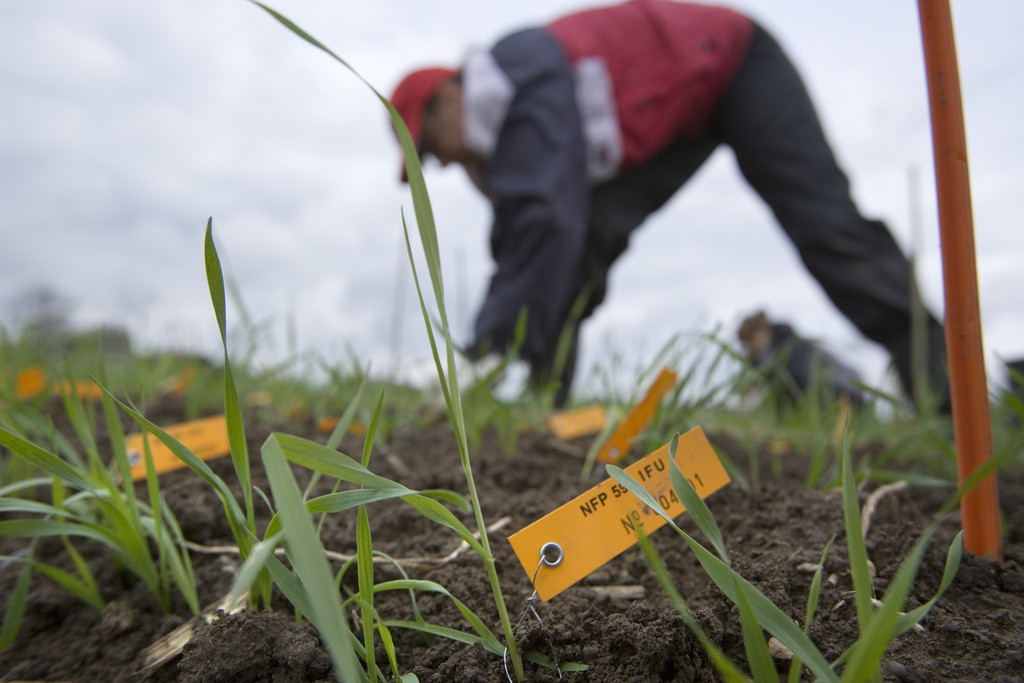
Sorting seeds, breeding bacteria and weighing worms – after three years of intense research, Swiss scientists have gleaned fresh insight into genetically modified wheat.
While they found some advantages in terms of fungi and bacteria resistance, they identified few major differences between GM and conventional wheat in terms of their behaviour and effects on other organisms.
Between 2008 and 2010, researchers planted and studied 14 varieties of GM wheat in Reckenholz near Zurich and in Pully near Lausanne. They compared them with normal wheat as well as other types of grain, like barley.
“This was the first time that genetically modified plants could be examined on an agricultural basis under Swiss conditions,” said Beat Keller, a professor at the Institute of Plant Biology at Zurich University, speaking at a conference at the Agroscope research centre in Reckenholz-Tänikon (ART) on Thursday.
The studies were part of the publically-funded National Research Programme 59: “Benefits and Risks of the Deliberate Release of Genetically Modified Plants”. A network of research groups carried out the experiments under the name “wheat-cluster.ch”.
High hurdles
But it wasn’t easy. As ART researcher Michael Winzeler explained, they had to conduct their field tests at least 100 metres away from other grain fields and erect nets to keep birds from consuming and spreading seeds.
Harvesting was done by hand, and after all the research was complete, some 11 tons of plant material was carefully gathered and incinerated.
“We have a very high level of biosafety and biosecurity measures that we have to fulfil, and that makes this experimentation very expensive,” Winzeler told swissinfo.ch, noting that he felt that some of the requirements were too strict.
Then there were the vandals. For example, in 2008 a group of 35 people stormed the field in Reckenholz – destroying plants and threatening the workers. In Pully, an unidentifiable liquid was poured over a field in 2009.
Subsequently, the project had to invest in better fences as well as round-the-clock surveillance with dogs. The researchers say security measures probably ended up costing as much as the research itself, although total costs are still being determined.
Opposition from people living near the test areas was also an issue.
“Everyone within 1,000 metres of a field could lodge a complaint – even if the reason was completely unscientific,” said Keller. This resulted in high administrative costs.
“The law allows the open air research, but the conditions are very restrictive. And there are no provisions to ‘shield’ the research from vandals – this is needed in the form of protected sites,” Keller said.
Mixed results
In one of their more significant findings, researchers discovered that GM wheat was indeed more resistant to powdery mildew than regular wheat.
“We’ve clearly got a higher resistance to infection with the GM versions,” said Susanne Brunner, another professor at Zurich University. Of the 12 GM varieties tested, all showed a higher resistance.
Yet half of those also showed mutations such as yellow leaves or reduced growth.
“An extra gene means that the plant needs more energy, so the yield could suffer,” pointed out Agroscope researcher Fabio Mascher.
According to Bernhard Schmid, a good GM yield in the greenhouse was no guarantee of a good harvest out in the open – where natural environmental conditions play a lead role in agriculture.
“We have to adjust things very carefully to ensure that an increase in fungus resistance doesn’t create a drop in harvest yields – so we need these field tests,” said Schmid, a professor at Zurich University’s Institute of Evolutionary Biology and Environmental Sciences.
Environmental impact
This is where the aphids and worms came in. In a study involving aphids, it turned out that the sticky little insects really liked one of the GM varieties. Yet there was little difference in the growth of worms enclosed in cylinders where they could feed on just one type of wheat.
Meanwhile, a study of soil bacteria revealed some differences between the behaviour of GM and regular wheat, but nothing major in comparison with other factors, such as the season or fertiliser. A soil fungus study found no clear differences.
Researchers did not observe any cross-pollination between the GM wheat and nearby fields of normal wheat; however, there was some crossing with wild grass in the Aegilops family. Found mainly in cantons Valais and Ticino, this plant is common in the Mediterranean area and considered a weed in the United States.
“The risk of gene flow between wheat and Aegilops species exists, so the presence of the wild relative should be monitored in case the transgenic crop is cultivated,” said François Felber, a biology professor at Neuchatel University.
Necessary?
Not everyone at the conference was in favour of the research.
“I’m completely against it. The main interest behind GMOs is to have patents on varieties – and that means that the farmer of the future would have to pay a fee every time he goes to sow,” as conference attendee Urs Hans told swissinfo.ch.
Hans is a farmer and member of Zurich’s cantonal parliament, not to mention a self-styled activist. He said that the results of the three-year study did not surprise him all that much. What bothers him more is what the scientists don’t know.
“I’m sure that there are risks behind it. They can never guarantee what happens,” Hans criticised.
Wilhelm Gruissem, a professor at the Institute of Plant Sciences at the Federal Institute of Technology in Zurich, maintains that GM is the future.
“We live in an environment where plants are constantly chased by pathogens and affected by diseases. This research is necessary if we want to have long-term food security and sustainable agriculture,” Gruissem told swissinfo.ch.
Formerly a faculty member at University of California Berkeley, Gruissem said that researchers in other countries had far fewer restrictions.
Meanwhile, Winzeler said he was optimistic that Switzerland could continue contributing to GM research with the right infrastructure – such as protected sites.
“Without that, it will be impossible for individual research teams to conduct field research – I’m convinced of that.”
The government requested that the Swiss National Science Foundation implement the National Research Programme 59 “Benefits and Risks of the Deliberate Release of Genetically Modified Plants” to help answer some of the questions surrounding the GM issue.
Founded in 2006, the programme is neither in favour of nor against the use of GM plants. It contributes answers to the questions politicians and society have raised about this new technology.
In Switzerland, a moratorium is in place blocking the commercial use of GM plants until 2013 – however, research is permitted. Discussions about an extension of the moratorium will probably take begin in 2012.
Globally, some 134 million hectares were host to GM crops in 2009.
The «wheat-cluster.ch» is a network of research groups from the Institutes of Plant Biology and Environmental Sciences of the University of Zurich, the Institute of Plant Science of the ETH Zurich, further University partners and the research institutes Agroscope Reckenholz-Tänikon ART and Changins-Wädenswil ACW.
In a joint project, wheat lines, which have been genetically modified for improved fungal resistance, were tested in field trials. The researchers investigated whether these plants – which are better protected against powdery mildew infections in the lab – also exhibit this capacity under natural environmental conditions, in wind and rain, and whether undesirable side effects (e.g. crop reduction) occur.
In addition, a number of projects dealt with questions related to biosafety. These biosafety projects investigated the interplay of the genetically modified wheat plants with the environment, with other plants and non-target organisms.
The project was conducted in the framework of the National Research Programme NRP 59 “Benefits and Risks of the Deliberate Release of Genetically Modified Plants (GM plants)” under the direction of the Swiss National Science Foundation.
Agroscope belongs to the Federal Office for Agriculture and comprises three research stations.
It develops scientific knowledge and basic technical principles for agricultural and environmental policy decisions and their legal implementation.
Agroscope encourages a multifunctional and competitive Swiss agriculture, and focuses on economical, ecological and social issues.

In compliance with the JTI standards
More: SWI swissinfo.ch certified by the Journalism Trust Initiative
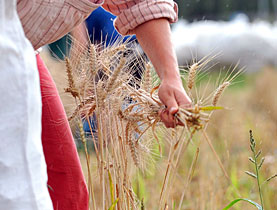
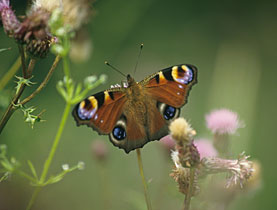
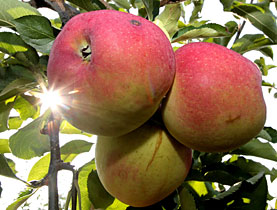
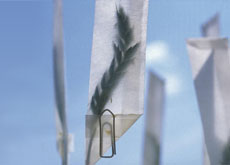
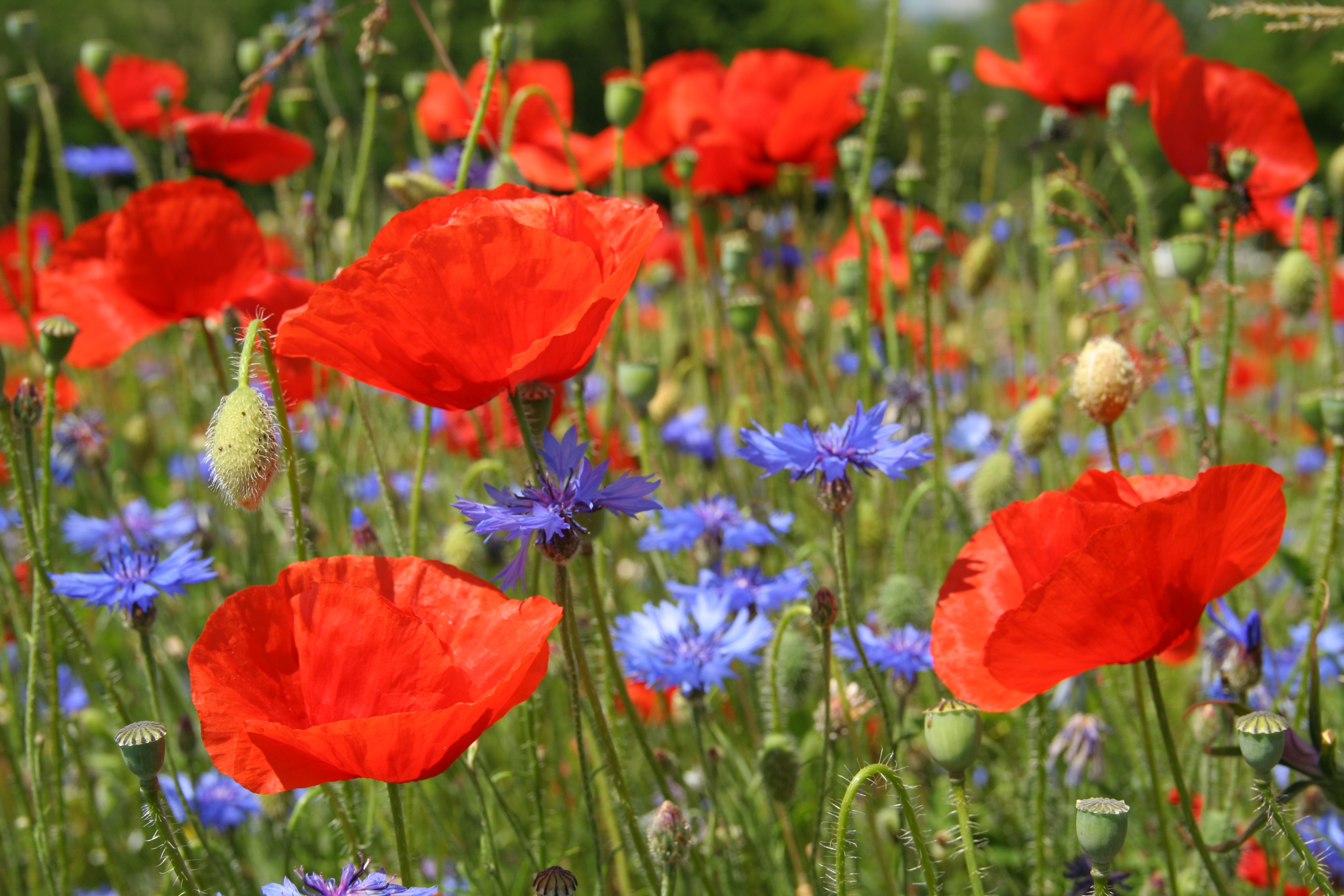

You can find an overview of ongoing debates with our journalists here. Please join us!
If you want to start a conversation about a topic raised in this article or want to report factual errors, email us at english@swissinfo.ch.